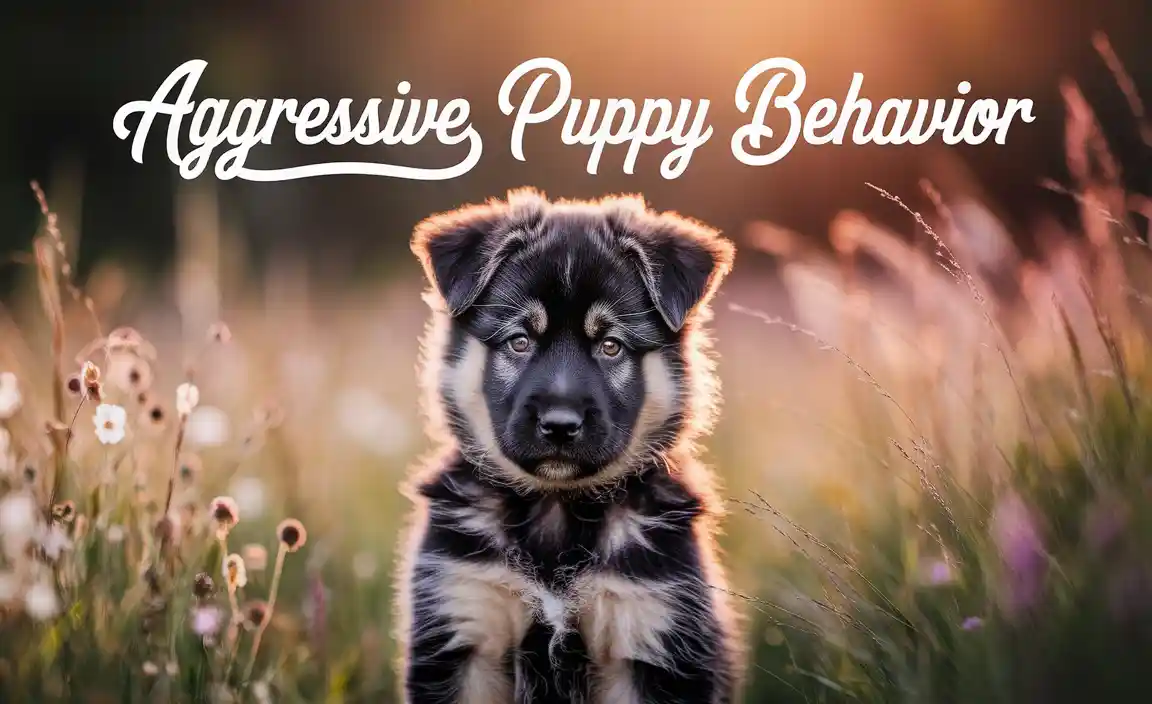Chihuahua Allergy Dog Food: Best Options
For many devoted owners, the thought of their beloved Chihuahua suffering from allergies is heartbreaking. These tiny dogs, full of personality and love, can experience significant discomfort from food sensitivities, leading to itchy skin, digestive upset, and a generally unhappy pup. Finding the right dog food for allergies for Chihuahuas is not just about providing nutrition; it’s about restoring their comfort and well-being. The good news is that with a discerning eye and a bit of research, you can navigate the world of specialized canine diets and discover options that bring relief to your furry friend.
Understanding canine allergies, especially in a breed prone to them like the Chihuahua, is the first step. While many breeds can develop sensitivities, Chihuahuas can be particularly susceptible to common ingredients like chicken, beef, dairy, wheat, and soy. These ingredients, when consumed regularly, can trigger an immune response, manifesting as a range of symptoms. These can include:
Skin Issues: Persistent scratching, redness, hot spots, ear infections, and a dull, dry coat.
Digestive Problems: Vomiting, diarrhea, gas, and general stomach upset.
Behavioral Changes: Lethargy, increased irritability, or restlessness due to discomfort.
Identifying the specific allergen can be a challenging puzzle. Often, a process of elimination followed by careful reintroduction of ingredients under veterinary guidance is necessary. However, many owners opt for a “limited ingredient diet” (LID) or a “novel protein diet” as a proactive measure, especially if they suspect food allergies are at play.
Navigating the Landscape of Chihuahua Allergy Dog Food
When searching for dog food for allergies for Chihuahuas, you’ll encounter several categories that are generally considered beneficial. These are designed to minimize exposure to common allergens and provide alternative, highly digestible protein and carbohydrate sources.
Limited Ingredient Diets (LID)
Limited ingredient diets are a cornerstone of managing food allergies in dogs. As the name suggests, these formulas contain a minimal number of ingredients, typically one or two protein sources and one or two carbohydrate sources. This simplicity makes it easier to pinpoint which ingredient might be causing a reaction.
When choosing an LID, look for formulas that avoid common culprits like chicken, beef, corn, wheat, and soy. Instead, you might find novel proteins such as:
Duck: A less common protein source that is often well-tolerated.
Lamb: Another protein that many dogs with chicken or beef sensitivities can handle.
Salmon (or other fish): Rich in omega-3 fatty acids, which can also support skin and coat health.
Venison: A novel protein that is typically a good option for elimination diets.
Rabbit: Another excellent novel protein choice.
For carbohydrates, opt for formulas that use:
Sweet Potatoes: Highly digestible and rich in vitamins.
Peas: A good source of fiber and protein.
Potatoes: Easily digestible and a good energy source.
Barley or Oats: Whole grains can be better tolerated by some dogs than wheat or corn.
Novel Protein Diets
Novel protein diets are a subset of LID, focusing specifically on protein sources that your Chihuahua has likely never encountered before. This is particularly useful if you have no prior history of allergy management with your dog. Examples of novel proteins include kangaroo, alligator, or even insect-based proteins, though these are less common and may require more specialized sourcing. The principle is the same: introducing a protein the dog’s immune system hasn’t been sensitized to.
Hydrolyzed Protein Diets
Hydrolyzed protein diets are a more advanced option, often recommended by veterinarians. In these diets, the protein molecules are broken down into very small fragments. The idea is that by breaking down the protein, the dog’s immune system is less likely to recognize it as an allergen. These diets are often used during diagnostic elimination trials to definitively identify trigger ingredients.
Grain-Free vs. Grain-Inclusive for Allergies
The debate around grain-free diets is complex. While many owners turn to grain-free options when suspecting allergies, it’s important to note that grains themselves aren’t always the culprit. Some dogs may indeed be allergic to wheat or corn, making grain-free a sensible choice. However, other dogs can tolerate grains perfectly well. The key is to identify the specific allergen, which may or may not be a grain. Furthermore, recent research has raised concerns about a potential link between some grain-free diets and a heart condition called dilated cardiomyopathy (DCM). Always consult your veterinarian before switching to a grain-free diet, and consider grain-inclusive diets with alternative grains like rice or oats if your dog doesn’t have a diagnosed grain allergy.
Making the Right Choice: A Step-by-Step Guide
Selecting the best dog food for allergies for Chihuahuas involves a thoughtful approach:
1. Consult Your Veterinarian: This is paramount. Your vet can help rule out other medical conditions, recommend diagnostic tools like elimination diets, suggest specific brands or formulations, and guide you through the process.
2. Identify Potential Allergens: Observe your dog’s symptoms and discuss them with your vet. This can provide clues as to which ingredients to avoid.
3. Choose a Reputable Brand: Look for brands known for quality ingredients, transparency in sourcing, and rigorous testing for contaminants. Many brands offer specialized lines for sensitive stomachs and allergies.
4. Read Ingredient Lists Carefully: Familiarize yourself with common allergens and look for them to be absent in your chosen food. Pay attention to ingredient order, as ingredients are listed by weight.
5. Transition Gradually: When switching foods, do so over a period of 7-10 days to avoid further digestive upset. Mix increasing amounts of the new food with decreasing amounts of the old food.
6. Monitor Your Chihuahua: After transitioning, closely observe your dog for any improvement in their symptoms. It can take several weeks to see the full benefits of a new diet.
7. Be Patient: Finding the perfect dog food for allergies for Chihuahuas can be a journey. Some dogs may require multiple trials with different foods before you find the one that truly makes a difference.
Ultimately, the goal is to find a food that not only meets your Chihuahua’s nutritional needs but also eliminates the discomfort associated with allergies, allowing them to live a happy, healthy, and itch-free life. Your dedication to finding the right solution will be richly rewarded by your dog’s renewed vitality and contentedness.
Meet Elyse Colburn, the devoted canine companion and storyteller behind the enchanting world of “Tales, Tails, and Adventures Unleashed.” A passionate dog enthusiast with a heart full of paw prints, Elyse Colburn shares heartwarming tales and insightful adventures, celebrating the joy, loyalty, and endless antics that make every dog a true hero. Join Elyse Colburn on this tail-wagging journey, where every post is a love letter to our four-legged friends.





